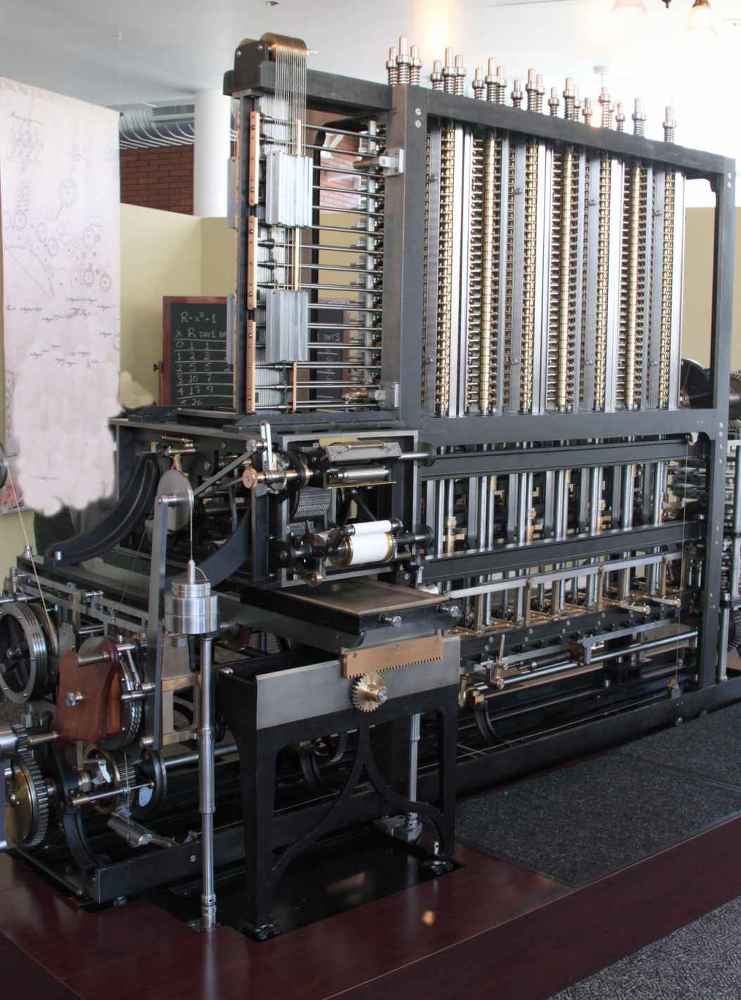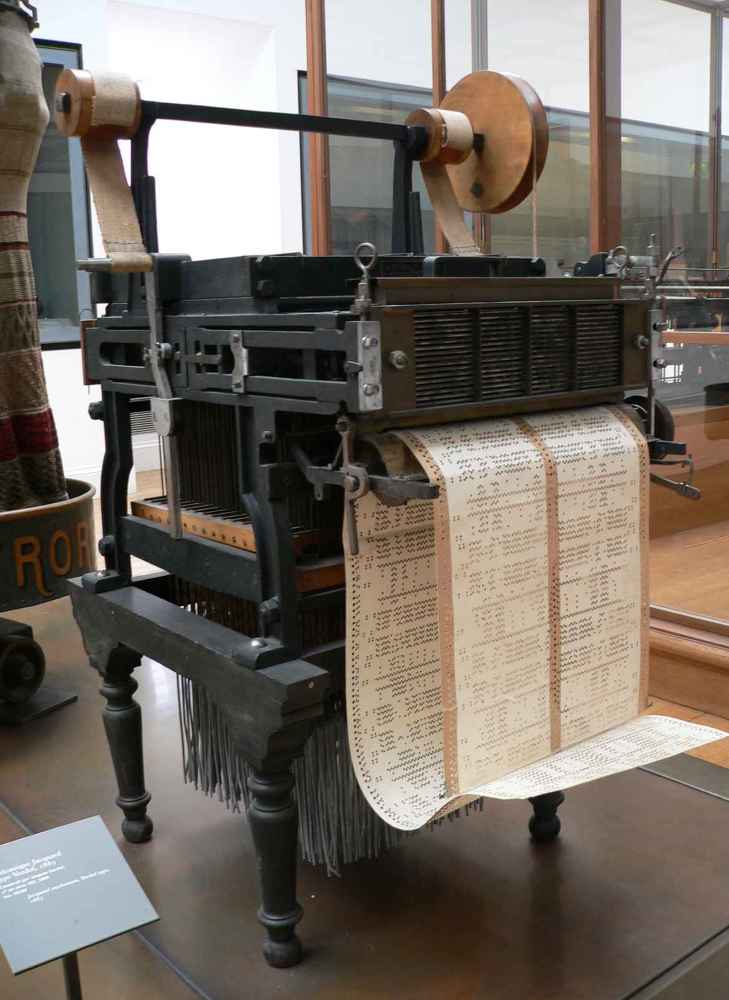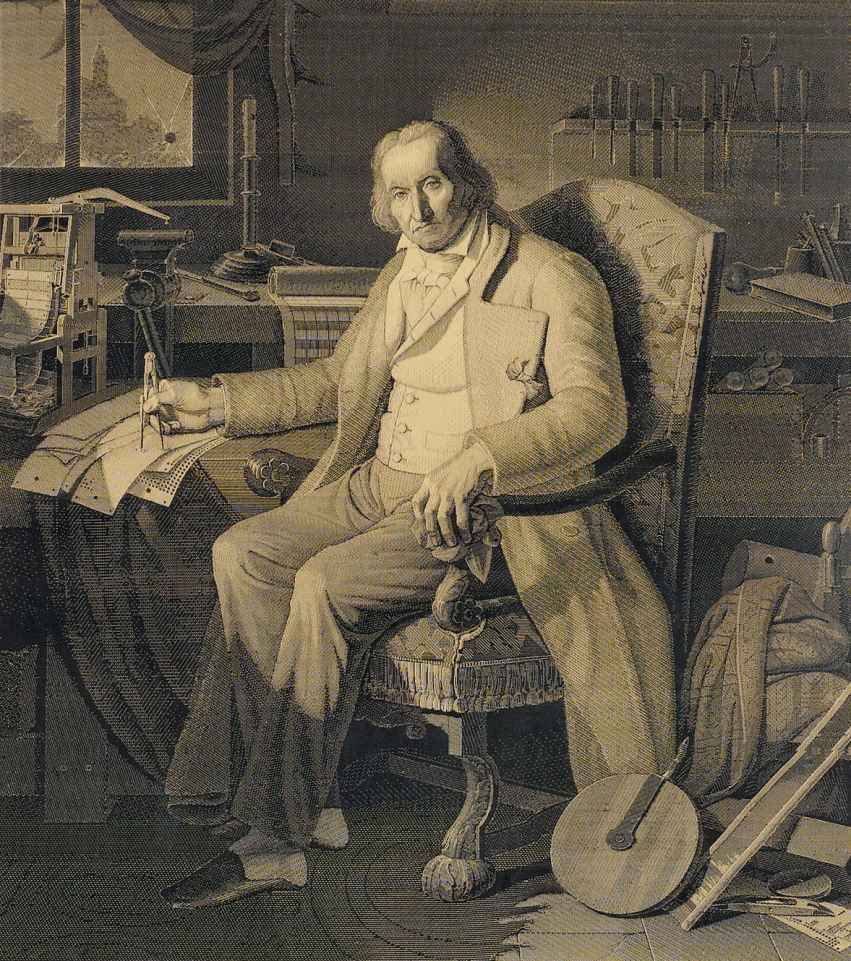This ability to apply imagination to science characterized the Industrial Revolution as well as the computer revolution, for which Ada was to become a patron saint. She was able, as she told Babbage, to understand the connection between poetry and analysis in ways that transcended her father’s talents. “I do not believe that my father was (or ever could have been) such a Poet as I shall be an Analyst; for with me the two go together indissolubly,” she wrote.23
Her reengagement with math, she told her mother, spurred her creativity and led to an “immense development of imagination, so much so that I feel no doubt if I continue my studies I shall in due time be a Poet.”24 The whole concept of imagination, especially as it was applied to technology, intrigued her. “What is imagination?” she asked in an 1841 essay. “It is the Combining faculty. It brings together things, facts, ideas, conceptions in new, original, endless, ever-varying combinations. . . . It is that which penetrates into the unseen worlds around us, the worlds of Science.”25
By then Ada believed she possessed special, even supernatural abilities, what she called “an intuitive perception of hidden things.” Her exalted view of her talents led her to pursue aspirations that were unusual for an aristocratic woman and mother in the early Victorian age. “I believe myself to possess a most singular combination of qualities exactly fitted to make me pre-eminently a discoverer of the hidden realities of nature,” she explained in a letter to her mother in 1841. “I can throw rays from every quarter of the universe into one vast focus.”26
It was while in this frame of mind that she decided to engage again with Charles Babbage, whose salons she had first attended eight years earlier.
CHARLES BABBAGE AND HIS ENGINES
From an early age, Charles Babbage had been interested in machines that could perform human tasks. When he was a child, his mother took him to many of the exhibition halls and museums of wonder that were springing up in London in the early 1800s. At one in Hanover Square, a proprietor aptly named Merlin invited him up to the attic workshop where there was a variety of mechanical dolls, known as “automata.” One was a silver female dancer, about a foot tall, whose arms moved with grace and who held in her hand a bird that could wag its tail, flap its wings, and open its beak. The Silver Lady’s ability to display feelings and personality captured the boy’s fancy. “Her eyes were full of imagination,” he recalled. Years later he discovered the Silver Lady at a bankruptcy auction and bought it. It served as an amusement at his evening salons where he celebrated the wonders of technology.
At Cambridge Babbage became friends with a group, including John Herschel and George Peacock, who were disappointed by the way math was taught there. They formed a club, called the Analytical Society, which campaigned to get the university to abandon the calculus notation devised by its alumnus Newton, which relied on dots, and replace it with the one devised by Leibniz, which used dx and dy to represent infinitesimal increments and was thus known as “d” notation. Babbage titled their manifesto “The Principles of pure D-ism in opposition to the Dot-age of the University.”27 He was prickly, but he had a good sense of humor.
One day Babbage was in the Analytical Society’s room working on a table of logarithms that was littered with discrepancies. Herschel asked him what he was thinking. “I wish to God these calculations had been executed by steam,” Babbage answered. To this idea of a mechanical method for tabulating logarithms Herschel replied, “It is quite possible.”28 In 1821 Babbage turned his attention to building such a machine.
Over the years, many had fiddled with making calculating contraptions. In the 1640s, Blaise Pascal, the French mathematician and philosopher, created a mechanical calculator to reduce the drudgery of his father’s work as a tax supervisor. It had spoked metal wheels with the digits 0 through 9 on their circumference. To add or subtract numbers, the operator used a stylus to dial a number, as if using a rotary phone, then dialed in the next number; an armature carried or borrowed a 1 when necessary. It became the first calculator to be patented and sold commercially.
Thirty years later, Gottfried Leibniz, the German mathematician and philosopher, tried to improve upon Pascal’s contraption with a “stepped reckoner” that had the capacity to multiply and divide. It had a hand-cranked cylinder with a set of teeth that meshed with counting wheels. But Leibniz ran into a problem that would be a recurring theme of the digital age. Unlike Pascal, an adroit engineer who could combine scientific theories with mechanical genius, Leibniz had little engineering skill and did not surround himself with those who did. So, like many great theorists who lacked practical collaborators, he was unable to produce reliably working versions of his device. Nevertheless, his core concept, known as the Leibniz wheel, would influence calculator design through the time of Babbage.
Babbage knew of the devices of Pascal and Leibniz, but he was trying to do something more complex. He wanted to construct a mechanical method for tabulating logarithms, sines, cosines, and tangents.II To do so, he adapted an idea that the French mathematician Gaspard de Prony came up with in the 1790s. In order to create logarithm and trigonometry tables, de Prony broke down the operations into very simple steps that involved only addition and subtraction. Then he provided easy instructions so that scores of human laborers, who knew little math, could perform these simple tasks and pass along their answers to the next set of laborers. In other words, he created an assembly line, the great industrial-age innovation that was memorably analyzed by Adam Smith in his description of the division of labor in a pin-making factory. After a trip to Paris in which he heard of de Prony’s method, Babbage wrote, “I conceived all of a sudden the idea of applying the same method to the immense work with which I had been burdened, and to manufacture logarithms as one manufactures pins.”29
Even complex mathematical tasks, Babbage realized, could be broken into steps that came down to calculating “finite differences” through simple adding and subtracting. For example, in order to make a table of squares—12, 22, 32, 42, and so on—you could list the initial numbers in such a sequence: 1, 4, 9, 16. . . . This would be column A. Beside it, in column B, you could figure out the differences between each of these numbers, in this case 3, 5, 7, 9. . . . Column C would list the difference between each of column B’s numbers, which is 2, 2, 2, 2. . . . Once the process was thus simplified, it could be reversed and the tasks parceled out to untutored laborers. One would be in charge of adding 2 to the last number in column B, and then would hand that result to another person, who would add that result to the last number in column A, thus generating the next number in the sequence of squares.

Replica of the Difference Engine.

Replica of the Analytical Engine.

The Jacquard loom.

Silk portrait of Joseph-Marie Jacquard (1752–1834) woven by a Jacquard loom.
Babbage devised a way to mechanize this process, and he named it the Difference Engine. It could tabulate any polynomial function and provide a digital method for approximating the solution to differential equations.